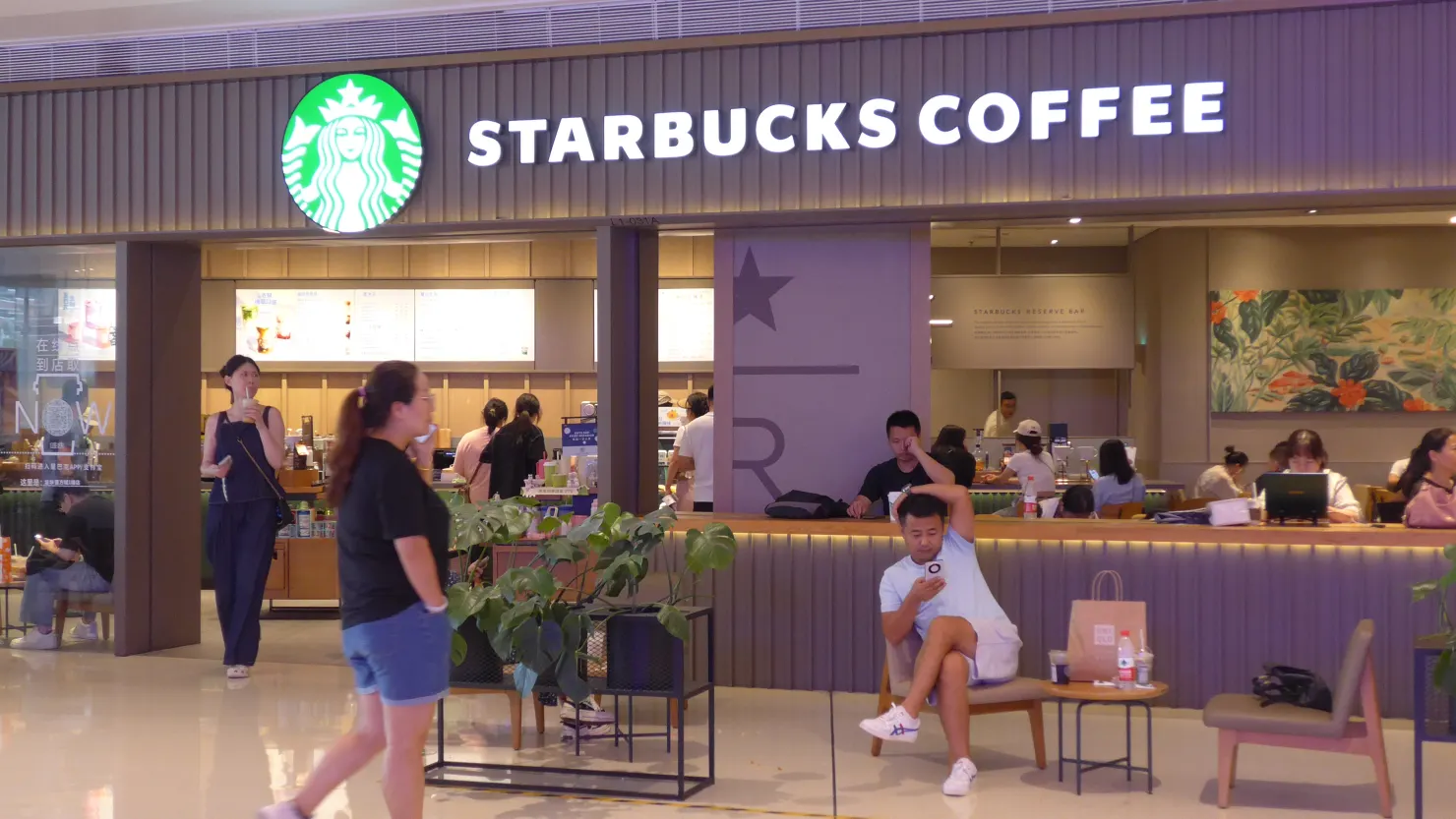Newly appointed Starbucks CEO Brian Niccol plans a December visit to China to address the company’s challenges in a competitive coffee market. With a 14% drop in same-store sales, Starbucks is facing increased pressure as local Chinese coffee chains attract consumers with lower prices and unique offerings.
In recent years, Chinese coffee brands have quickly gained ground, challenging Starbucks with a low-cost, high-volume approach. Luckin Coffee, a prominent local chain that bounced back after an accounting scandal, has expanded to over 20,000 locations, more than doubling Starbucks’ presence. Other contenders like Cotti Coffee, Manner, M Stand, and Seesaw are also making waves. These local brands often adopt a minimalist setup, with small spaces and limited seating, allowing them to offer drinks at prices that consistently undercut Starbucks by half. In Beijing, for example, a latte from Starbucks costs around $4.22, compared to $2.25 at Luckin and $1.75 at Cotti. Frequent discounts also bring these prices down further, with Luckin offering promotions as low as 90 cents.
Price sensitivity has grown among Chinese consumers amid economic uncertainties. Despite this, many aim to maintain their preferred lifestyle, seeking affordable options without sacrificing quality. Local coffee brands capitalize on this trend by innovating with flavors beyond the traditional menu, blending coffee with fruit juices, flowers, rice, and even cheese. Chains like Manner pride themselves on locally sourced beans and trained baristas, while higher-end competitors such as M Stand create luxurious items like a latte served in an edible oatmeal cookie cup. With so many choices, Chinese coffee drinkers are finding options that cater both to their tastes and budgets.
Starbucks’ presence in China includes its streamlined Starbucks Now locations, which offer quick pickup for mobile orders. However, these stores don’t provide the discounts seen at local chains, putting Starbucks at a price disadvantage.
Besides coffee, Starbucks faces competition in the tea market, where brands like ChaPanda, Auntea Jenny, and Mixue Bingcheng offer tea-based drinks similar to Starbucks’ at significantly lower prices. Additionally, some tea chains now sell coffee, including lattes for under $3 and grab-and-go options that further increase Starbucks’ competition.
Despite the competitive landscape, Starbucks maintains a loyal customer base in China, where it’s still viewed as a premium brand. The chain’s inviting interiors, comfortable seating, and consistent quality make it a popular spot for social gatherings and business meetings. This aspirational appeal helps Starbucks retain its relevance, though the company will need to adapt as local rivals continue to innovate and expand.
READ MORE:
